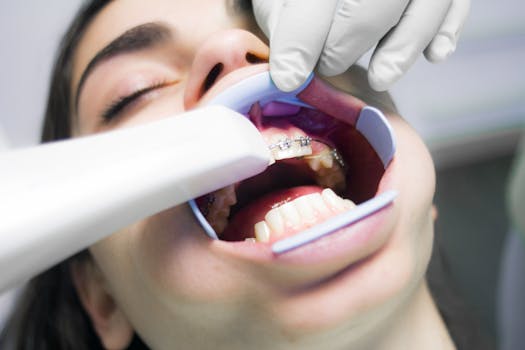Introduction to tooth brushing: Why is it so important?
Daily dental care should be an integral part of our daily routine. But why do we place so much emphasis on proper tooth brushing? Quite simply: to prevent plaque build-up and thus avoid gingivitis and tooth decay. In this blog post, we go deeper into the topic and look at different aspects and methods of tooth brushing.

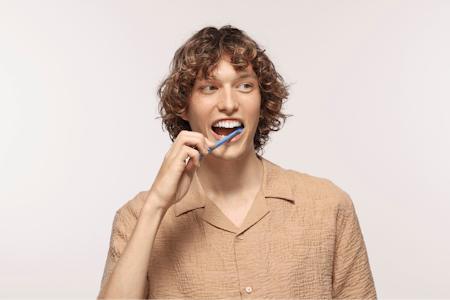
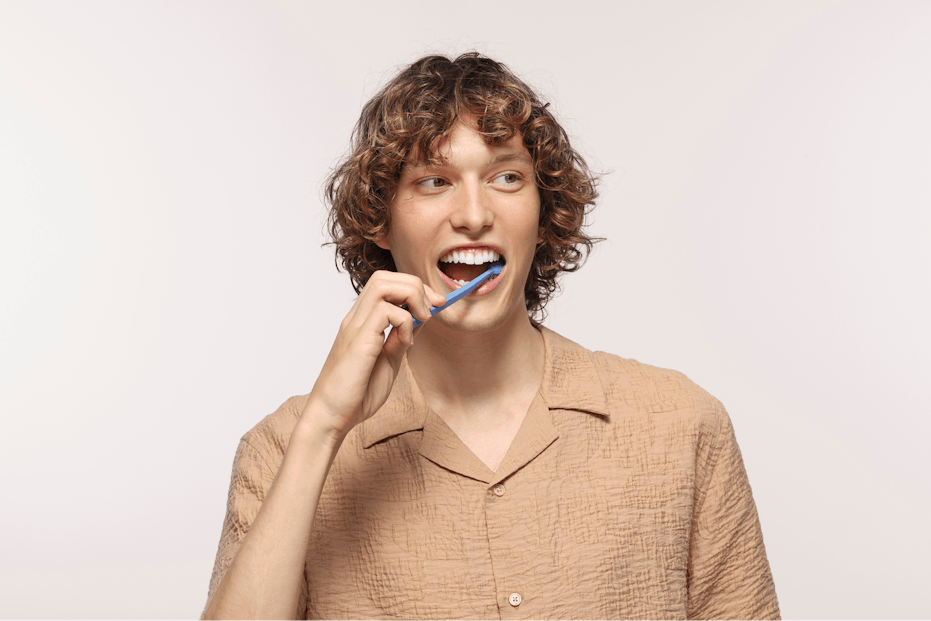
- Importance of dental care
- Choosing the right utensils
- The Bass Technique: A Classic Approach
- The Modified Bass Technique
- Stillman Method
- Fones method: Simple and effective
- The "Red to White" Rule
- Conclusions on toothbrushing technique: Why is it so important?
- Experience first-class oral care with ALPINE WHITE
Importance of dental care
The importance of dental care cannot be underestimated. Brushing our teeth is not only an aesthetic ritual that gives us an attractive smile, but a fundamental requirement for overall health and well-being. In fact, taking care of our teeth has an impact on our quality of life and can protect us from a variety of oral and general diseases.
Incorrect or poor tooth brushing technique can lead to the accumulation of plaque, a sticky film that constantly forms on the surface of the teeth and is rich in bacteria. This plaque is the main cause of gum disease such as periodontitis, gingivitis and tooth decay, the most common oral health problems. Tooth decay and gum disease can lead to toothache, tooth loss and, in severe cases, even systemic disease if the infection enters the bloodstream.
Thorough and regular cleaning of the outer surfaces, inner surfaces and chewing surfaces of the teeth, as well as the spaces between the teeth, is therefore crucial. Proper brushing removes plaque, reduces the risk of tooth decay and gum disease, and greatly improves overall oral health. But not only that, good oral hygiene also contributes to our self-confidence and social well-being, allowing us to share our smiles without hesitation. In this respect, the importance of dental care really cannot be underestimated.
Choosing the right utensils
Choosing the right toothbrush and toothpaste is an important and often underestimated first step towards optimal tooth cleaning. The market today is flooded with countless products, so it is often difficult to make the best choice for individual needs.
Let's start with the toothbrush. Whether using a manual toothbrush or an electric toothbrush, it is important that the bristles are neither too hard nor too soft. Hard bristles can injure the gums and cause bleeding, while a soft-bristled brush may not be effective enough to remove plaque, tartar and food debris. The brush head also plays a crucial role: a small brush head is often better suited to reach all areas of the mouth, especially the hard-to-reach molars and interdental spaces. In addition, the shape of the handle can also influence the comfort and efficiency of brushing.
Toothpaste is another essential factor in our toothbrushing routine. Care should be taken to ensure that you are using a fluoride toothpaste, as this mineral has been scientifically proven to strengthen tooth enamel and prevent tooth decay. Some toothpastes offer additional benefits such as whitening, sensitivity control and gum protection. It is important to choose a toothpaste that best suits your individual oral health needs.
We recommend our ALPINE WHITE Whitening Toothpastes, which not only care for and protect your teeth with natural ingredients but also have a natural whitening effect. Our product range includes variations such as Extra White, Sensitivity Relief and Anti-Plaque, so you can choose the perfect toothpaste to suit your needs. We also recommend our specially designed toothbrush, which offers an ideal balance between effective bristle hardness, clever ergonomics and elegant design.
Finally, don't forget to change your toothbrush regularly, at least every three to four months or when the bristles look frayed. With the right choice and care of your toothbrush and toothpaste, you can lay the foundation for effective toothbrushing and healthy oral hygiene.
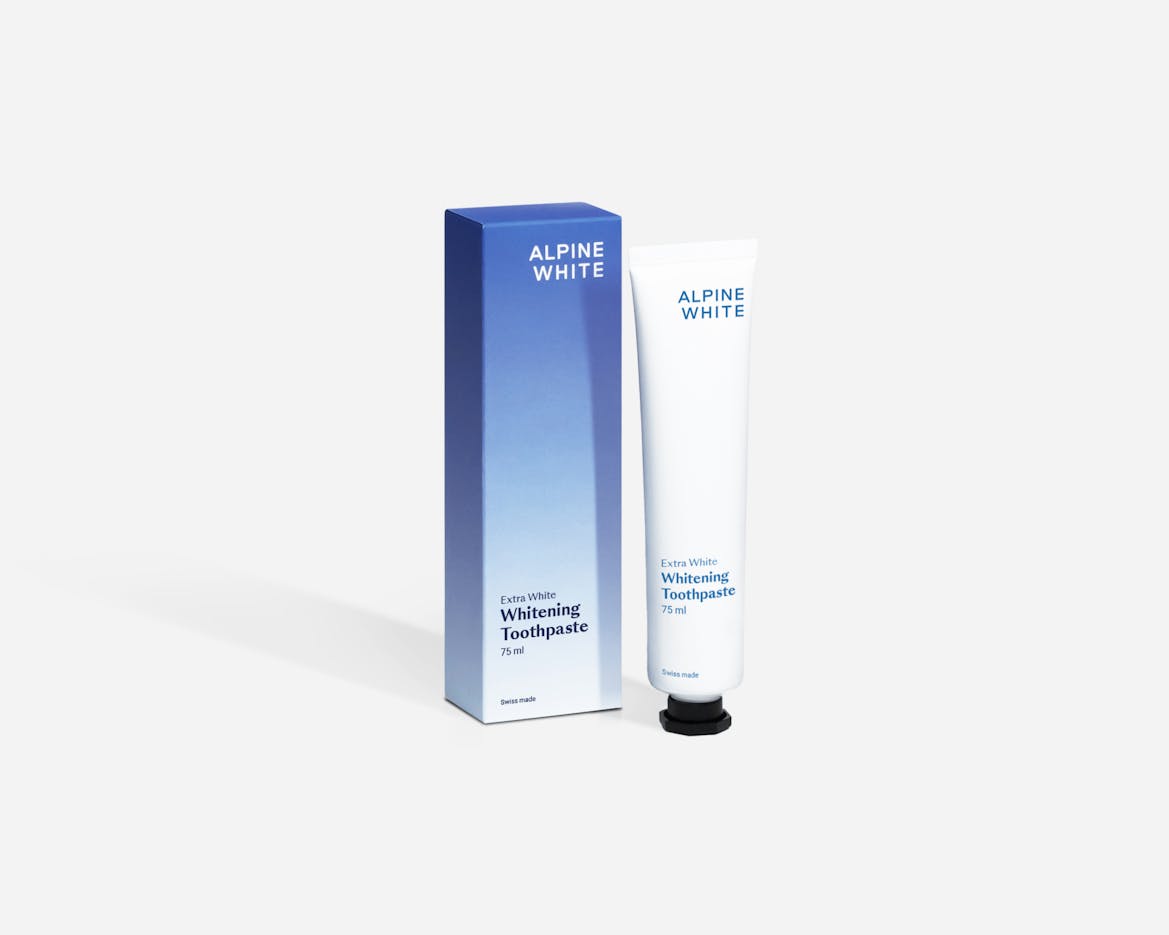
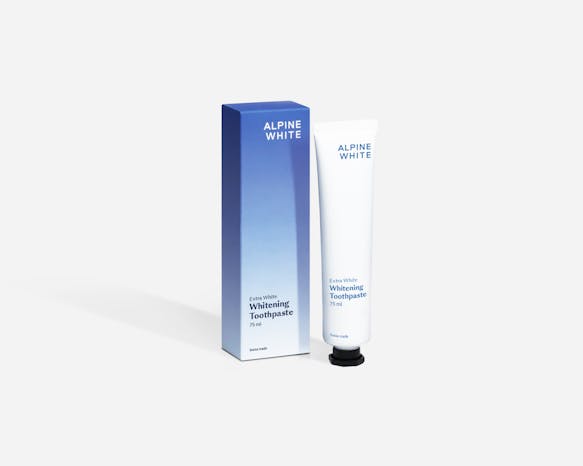
Would you like the maximum whitening result every time you brush your teeth? Then this Toothpaste with Activated Charcoal and an optical blue light filter is just made for you. For gentle daily dental and oral hygiene.
- Ensures extra-white teeth
- Based on our clinically tested Whitening formulation
- Remineralizes the enamel and relieves existing tooth sensitivity
- Antioxidants for healthy gums
- Formulated and produced in Switzerland
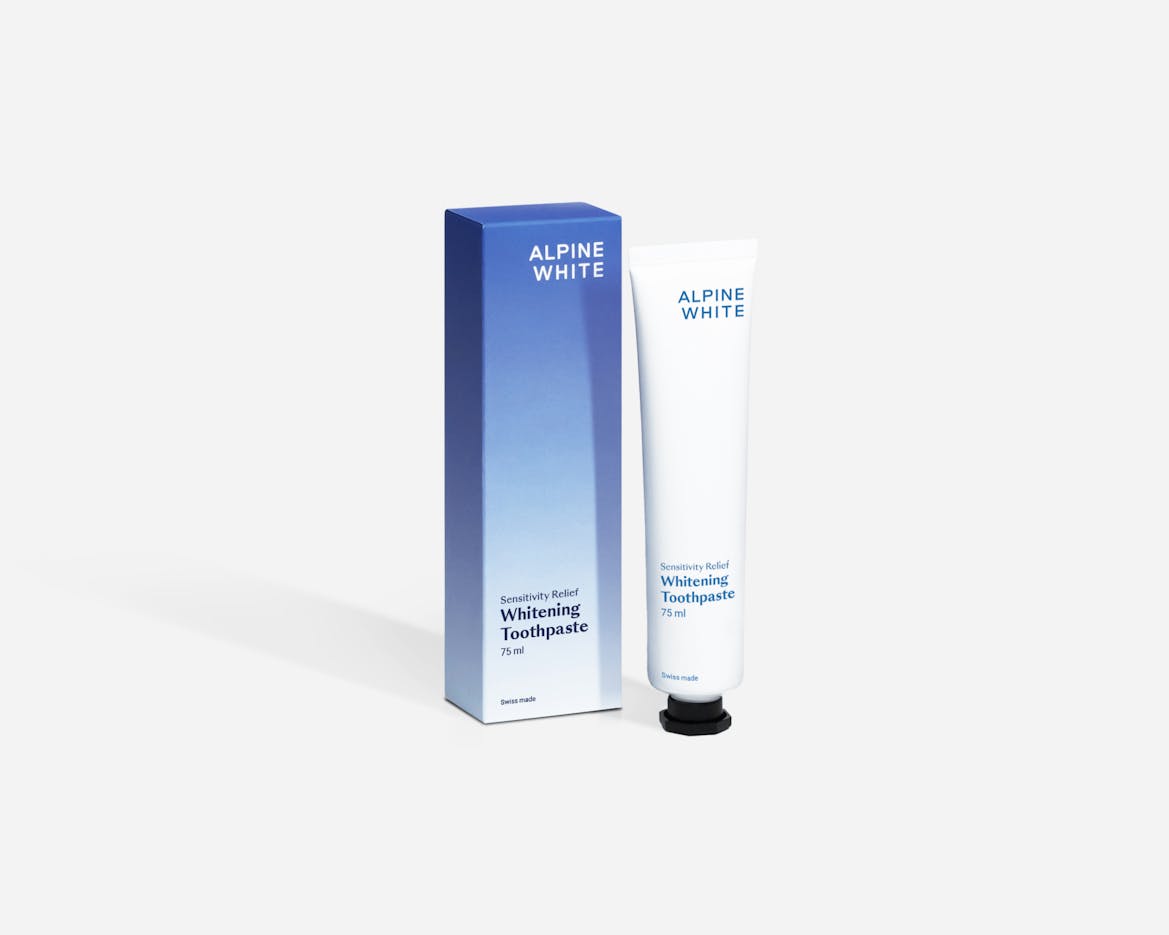
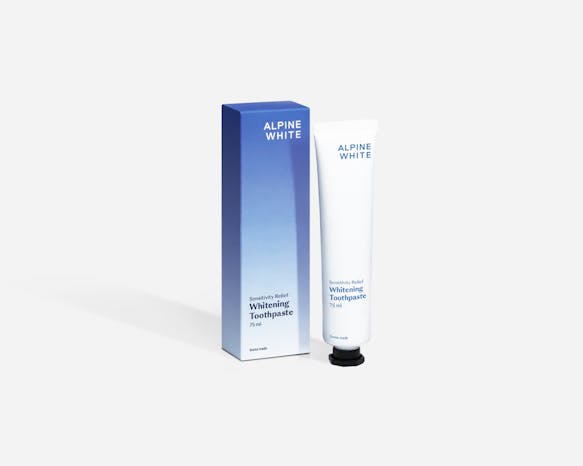
Your first aid for sensitive teeth. Whitening for sensitive teeth with Whitening Toothpaste Sensitivity Relief. For gentle daily dental and oral hygiene.
- Relieves tooth hypersensitivity
- Based on our clinically tested Whitening formulation
- Remineralizes the enamel and relieves existing tooth sensitivity
- Antioxidants for healthy gums
- Formulated and produced in Switzerland
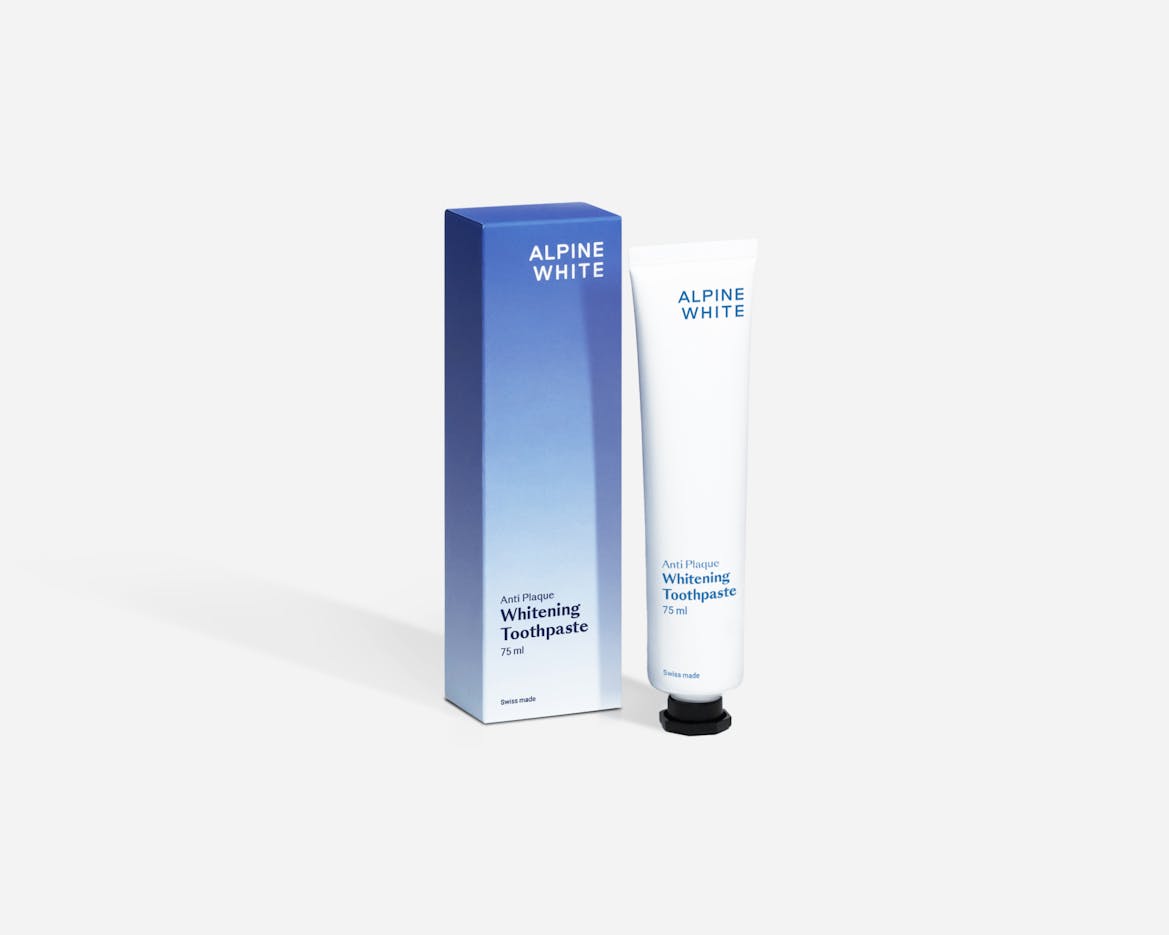
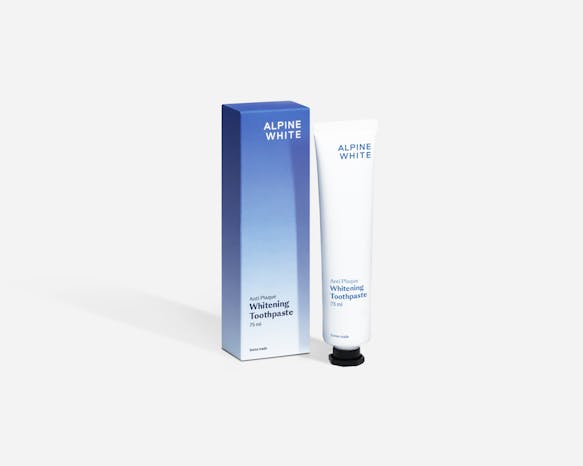
Your solution for stubborn plaque. Whitening Toothpaste Anti Plaque is designed to remove plaque and whiten teeth at the same time. For daily gentle dental and oral hygiene.
- Removes stubborn stains and tartar
- Based on our clinically tested Whitening formulation
- Remineralizes the enamel and relieves existing tooth sensitivity
- Antioxidants for healthy gums
- ormulated and produced in Switzerland
The Bass Technique: A Classic Approach
The Bass method, also called the sulcular method, is a widely used toothbrushing technique recommended by dentists, dental hygienists and orthodontics. It involves placing the brush head at a 45-degree angle to the gums and brushing with short back-and-forth movements. This technique is particularly effective because it removes plaque efficiently while being gentle on the gum tissue.
For the outer and inner surfaces of the teeth, the brush should be placed so that the bristles are partly directed at the gums and partly at the teeth. By gently vibrating the brush at this angle, plaque can be loosened from the edges of the teeth and from the sulcus just below the gum line. It is important to brush each tooth individually to ensure thorough cleaning.
The Modified Bass Technique
Another method to consider is the Modified Bass Technique. Just like the original Bass Technique, the toothbrush is held at a 45-degree angle to the gum line, and short back-and-forth strokes are used. The modification comes in the form of an additional rolling or sweeping motion from the gum line towards the crown of the tooth. This movement ensures that not only are the gum line and the spaces between the teeth effectively cleaned, but the entire tooth surface is also brushed, providing a comprehensive cleaning action. This method is particularly effective for individuals with periodontal diseases, as it addresses both plaque removal and gum stimulation.
Stillman Method
Stilman Method One often overlooked yet highly effective brushing technique is the Stilman method. Designed to address both teeth and gum health, this method emphasizes proper angling of the toothbrush, at about a 45-degree angle towards the gum line. This allows the bristles to slip into gum pockets, ensuring that even those hidden bits of plaque and debris are removed. The crucial component of the Stilman method is the rolling or sweeping action, where the brush is moved from the gum line to the biting edge of the teeth. This is especially important for the front teeth, which are more prone to plaque build-up due to our eating habits. Adopting the Stilman method can contribute significantly to your oral health, aiding in the prevention of periodontal diseases and keeping those front teeth sparkling clean. It's another tool in your arsenal for maintaining your dazzling smile and robust oral health.
Fones method: Simple and effective
The Fones method is another common technique in dentistry that is often recommended for children, but can also be used by adults who have difficulty mastering the correct angulation and movement for other techniques. Because of the circular motions being used it is also called the circular brushing technique. In this method, you place the toothbrush on your teeth and move the brush in large, jiggling motions. This involves moving the toothbrush in a kind of "circle" over the surfaces of the teeth. Don't forget to clean all the surfaces of the teeth - the outer surfaces, the inner surfaces and the chewing surfaces.
The "Red to White" Rule
No matter which brushing method you prefer, one simple rule can help you clean your teeth thoroughly: the "red-white" rule. This means that you should always brush from the gums ("red") to the teeth ("white"). Start at the necks of the teeth and then brush towards the tips. This helps to effectively remove plaque and food particles while protecting your gums. Don't forget the spaces between your teeth! A thorough toothbrushing technique must also include cleaning the spaces between your teeth. Whether you use the Bass technique or the KAI method, flossing or interdental brushes are essential to remove plaque that accumulates between teeth and is difficult to reach with a toothbrush alone.
Conclusions on toothbrushing technique: Why is it so important?
Brushing your teeth is an important part of our daily health routine. By using proper brushing techniques and properly cleaning the spaces between your teeth, you can help maintain your dental health and reduce the risk of dental diseases such as tooth decay. It is important to brush at least twice a day and have regular dental check-ups to ensure optimal oral health. It's also a good idea to regularly check your brushing technique and adjust it if necessary. Because although the techniques presented here are effective, there is no "one right" method for all people. Each person is individual, and so it may be necessary to try different techniques or adapt them to specific needs. Remember that brushing your teeth is only one component of comprehensive oral hygiene. Eating a balanced diet, using mouthwash, avoiding tobacco and using alcohol in moderation are also important for healthy teeth. With these tips and techniques, you'll be well equipped to keep your teeth clean and healthy and your smile bright!
Experience first-class oral care with ALPINE WHITE
ALPINE WHITE is all about your bright smile. Our experts have developed a line of products, including as mentioned Whitening Toothpastes in three variants, to ensure gentle and effective dental and oral care. But we go one step further: to get the most out of our products and the techniques described, we recommend regular professional dental hygiene treatments at our ALPINE WHITE Studios. These complement your daily dental care and provide an unsurpassed feeling of cleanliness and freshness. If you're craving whiter teeth, we've got you covered too with our effective, pain-free whitening. Discover the world of optimal dental health with ALPINE WHITE.
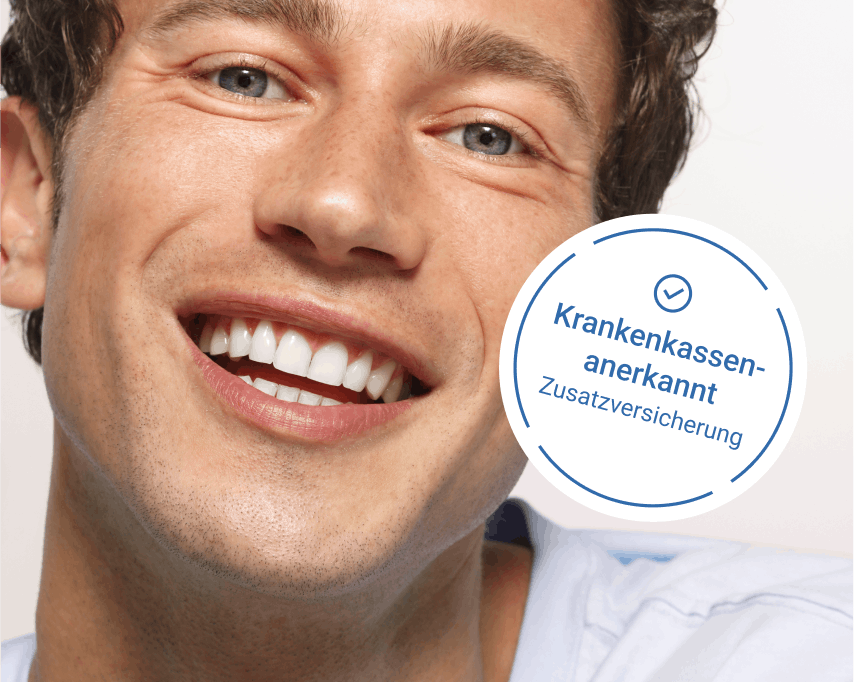
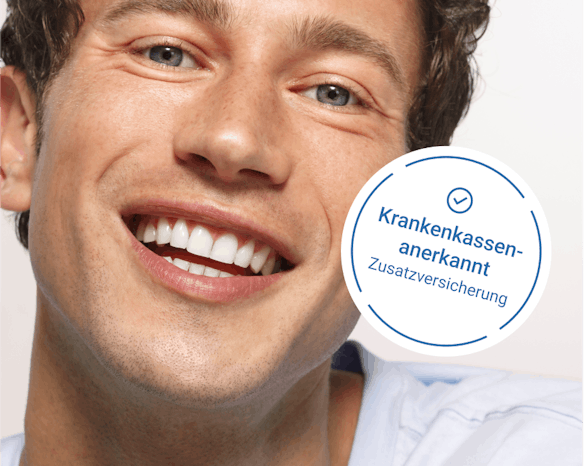
For a healthy mouth and beautiful teeth, regular professional teeth cleaning is essential. Our specialists detect early signs of caries and prevent them.
- Personalised dental hygiene
- Gum check & caries control
- Painless cleaning with AIRFLOW


Gently achieve whiter teeth with our pain-free in-office bleaching. Carried out by our specialised dental staff.
- Naturally white teeth
- Effective tooth whitening without peroxides
- No change in the tooth structure
